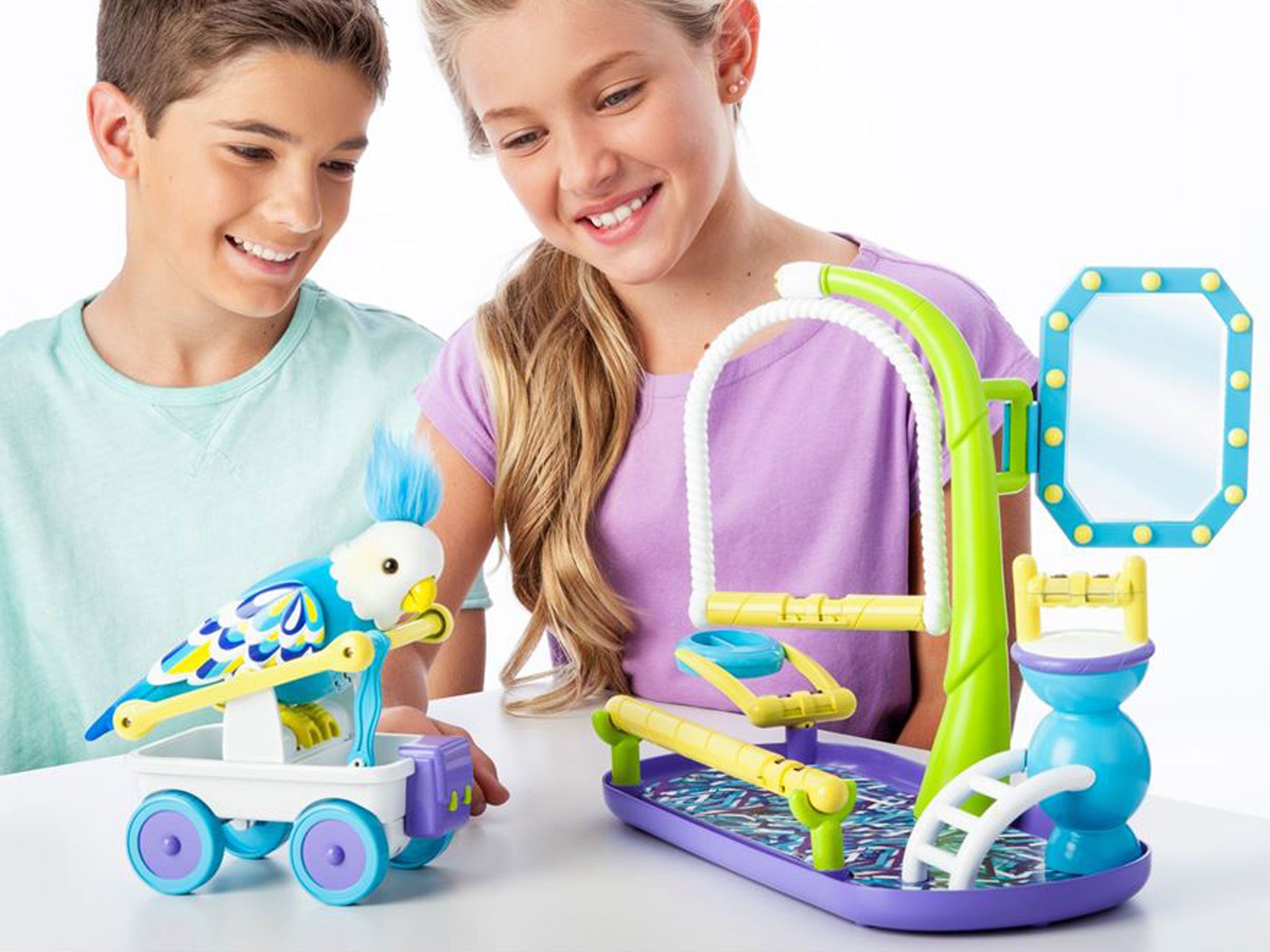If you don't think Toys 'R' Us becoming gender neutral is important, you should hear about my primary school
In primary school, we played games where the little girls served the little boys food then cleaned up after them while the boys went to 'work'. Toys are important when it comes to gender stereotyping

Your support helps us to tell the story
From reproductive rights to climate change to Big Tech, The Independent is on the ground when the story is developing. Whether it's investigating the financials of Elon Musk's pro-Trump PAC or producing our latest documentary, 'The A Word', which shines a light on the American women fighting for reproductive rights, we know how important it is to parse out the facts from the messaging.
At such a critical moment in US history, we need reporters on the ground. Your donation allows us to keep sending journalists to speak to both sides of the story.
The Independent is trusted by Americans across the entire political spectrum. And unlike many other quality news outlets, we choose not to lock Americans out of our reporting and analysis with paywalls. We believe quality journalism should be available to everyone, paid for by those who can afford it.
Your support makes all the difference.I’m stood in the toy aisle, in one hand a giant Lego head with lipstick on its mouth. In the other hand? An identical one, only without lipstick and pulling an angry-man face. “That one's a bit girly," comes the suggestion.
Christmas is coming. Boys and girls across the land are behaving themselves under the veiled threats of Old Saint Nick’s naughty and nice list. But, good or bad, come Christmas morning Boy-Santa will have left a pile of blue and red presents with little footballs on for Tommy, while Girl-Santa will, of course, have delivered pink and purple sparkly ones for Tammy.
It’s how it’s been as long as many of us can remember. Different presents, in different colours, for different genders.
This year, however, one of the UK’s biggest present providers is trying to challenge that. Toys ‘R’ Us have become the latest in a small line of retailers agreeing to ditch the gender sell. It many only be a small step, but they’ve finally removed the 'boy' and 'girl' sections from their website.
You might think that toy categorisation isn't a big deal, but the more I think about my own childhood, the more undeniable the issue becomes. The games I played at primary school are perfect examples. In our ‘break-out’ area there were two games that girls and boys would play together.
In ‘House’ the rules were simple: the men (in this case six-year-old boys) would wait for the women (six-year-old girls) to make them breakfast. Once breakfast was over, the men would embark on their daily duties. We opened our Fisher Price tool box, hit things with rubber hammers, used battery powered drills and made beanbag forts. All the while the women would clean up the uneaten plastic eggs, pour imaginary tea and ready the place for the return of the men.
As the men built the imaginary world, the women were nowhere to be seen. No wonder, really, that less than 10% of engineers in the UK are female.
In ‘Doctors & Nurses’ it was white coats and stethoscopes for us, pinafores and a red-crossed cap for the girls. Men in charge, women there to help. Those ingrained stereotypes are hard to shrug off.
I used to live with a doctor. At first she laughed at how often patients assumed she was a nurse. That good humour didn’t last long. After a while, sexist assumptions get grating like that.
A study in 2011 found that two-year-old girls are opting for pink toys just because that’s the colour they’re used to. They’ll gladly play with a traditional "boys' toy" like a toy plane, so long as it’s pink. Another study conducted three years later found that painting children's bedrooms according to gender stereotype reinforced stereotypical beliefs.
So, perhaps the answer is to paint girders pink, add sparkles to a blow torch flame or allow our armed forces to wear ‘glamourflage’. Or perhaps it may be simpler to tell girls that they can be doctors and play with the tool box, too - and stop ridiculing the boys who want to pick up Barbies and play with the cookery set.
Research has proven that play with ‘masculine toys’ helps with motor development, while play with ‘feminine toys’ helps with language and social development. It’s therefore scientifically proven that children develop a broader skill set if they play with a broader range of toys.
In the end I bought my nephew the angry man Lego head. I didn’t want to upset anyone. Best not to question the norms.
But now I think about it, I realise I was wrong. My first instinct was the ‘girly’ one, and I should have stuck with it. I’d have actually been doing him the kind of favour an uncle should be doing: pushing back against the harsh realities of the world and trying to make things from my generation a little bit better for the ones who have come after.
Join our commenting forum
Join thought-provoking conversations, follow other Independent readers and see their replies
Comments